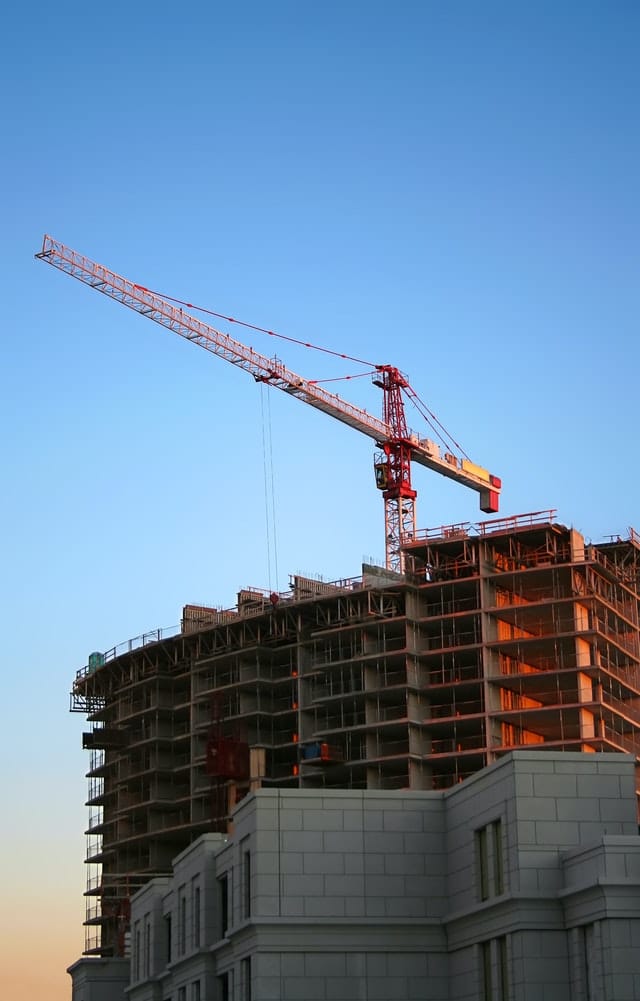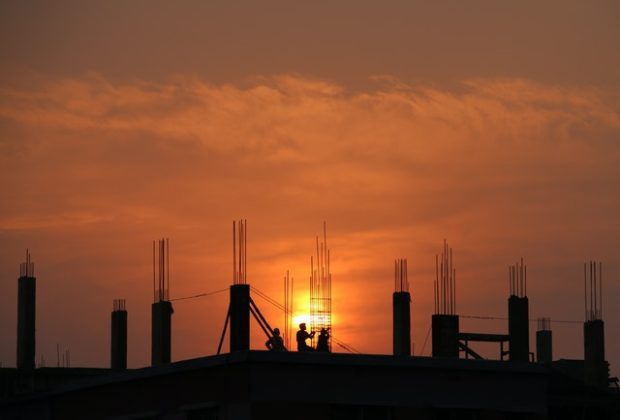There’s no denying that if you’re looking for strength and long-term durability in commercial construction, metal buildings, and even residential structures, utilizing structural steel is the way to go. Say the experts, there’s an awful lot to speak about in favor of utilizing structural steel. Using structural steel over wood and/or or concrete has become common practice in the 2020s due to its stability and fair cost.
These days, steel channel, steel tubing, structural steel, and more are being utilized in everything from bridges to skyscrapers, to high end residential homes, making it the primary building material in the construction marketplace. Steel not only provides durability and endurance in structural engineering design, but it can conform to just about any shape and structural geometry.
According to the author of Construction+Materiality, Lorraine Farrelly, prior to the use of structural steel in construction becoming a routine practice, the weight of the building material along with gravity and compression, would define a building’s stability and overall endurance. In other words, architectural design was more or less limited.
That said, here are five super strong advantages of building with structural steel.
- Architectural/Engineering Design
Gharpedia.com recently reported that one of the major advantages to using a steel structure is its ability to span greater ceiling joist distances. Engineers have more options which allow them to create large spaces that wouldn’t be possible with other materials like wood or concrete.
Steel is highly recommended among the world’s top engineers for heavy and large span structures, like industrial structures. Lower “floor to floor” heights are said to be easily constructed utilizing staggered truss, castellated beam, and girder slap methods. Again, very long, strong spans become possible with steel, while impossible with concrete or wood.
- Durability and Overall Strength
Structural steel materials and steel products in general are not only stronger than concrete and wood, but they are lighter. Weight-bearing steel is said to be 30 to 50 percent lighter than wood. This means that structural steel fabrication is stronger and more longer lasting than traditional wood beam construction.
When it comes to extreme forces that can come with bad weather, gale force winds, heavy snow loads, and even earthquakes, nothing beats steel. Steel can be made rust-proof and unlike wood, it’s not not affected by mold, mildew, or termites. It is also far more fire-resistant.

- Light Weight
It may not come as a surprise to some that the weight of a wood 2X4 is less than the weight of a 2X4 square feet section of steel, since the latter is more dense. Yet surprisingly, a steel structural frame is actually lighter than a structure made of wood and concrete beams.
- Ease and Speed of Installation
Since steel parts, including whole steel structures can be prefabricated off-site, they are able to arrive on-site “ready-to-be erected.” Construction time can be sped up significantly, saving the client serious cash. Even large-scale construction projects can be completed in far less time than those using concrete or wood beam structures.
Author of Building Construction Illustrated, Francis D.K. Ching, points out that conventional steel structures are made up of hot-rolled beams, open-web joists, columns, decking, and tubing. With steel being difficult to construct on-site, it is almost always shaped, cut, and drilled inside a fabrication facility per blueprints and architecturally approved shop drawings. In the end, this results in a fast and accurate steel construct.
- Versatility and Flexibility
Because it can be molded into practically any shape, steel is considered very versatile. That makes it the prime candidate for commercial and residential construction. Architects can be more artistic with their designs when working with steel, while making their structures strong, durable, and most importantly, safe.
When it comes to the design of large, clear span projects such as airport terminals, manufacturing facilities, auditoriums, warehouses, indoor stadiums and arenas, and more, there is almost no alternative but to go with the versatile structural steel.
Versatility also means that steel structures can be flexible when it comes to providing the client with precisely what he or she requires in their building. Steel structures can be engineered to withstand whatever Mother Nature throws at it, be it earthquakes, tornadoes, hurricanes, and more. This is of vital importance when it comes to skyscraper and bridge construction where many lives are on the line should an unexpected weather or seismic emergency arise.
On the other end of the spectrum, steel does not always have to be structural in nature, but it can be shaped and designed purely for aesthetic purposes, affording it yet another versatile advantage over wood and concrete.







